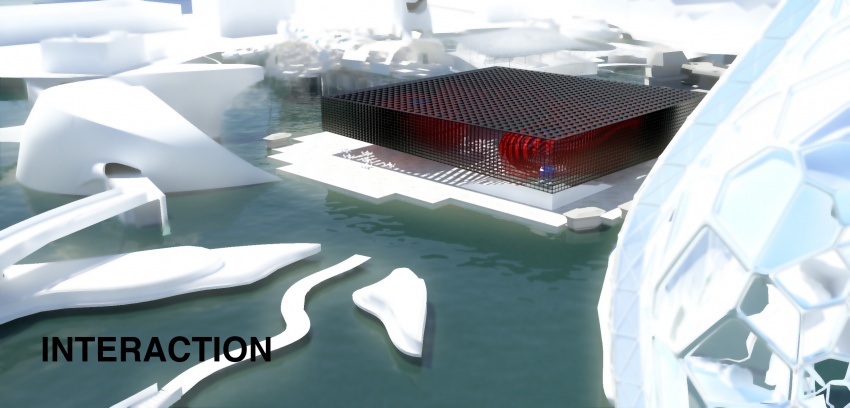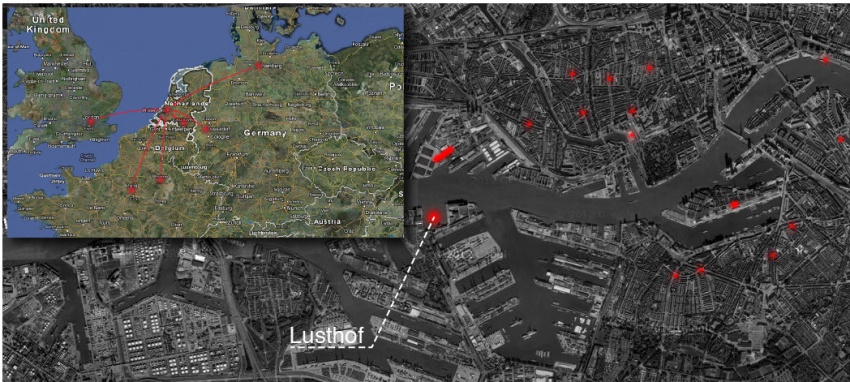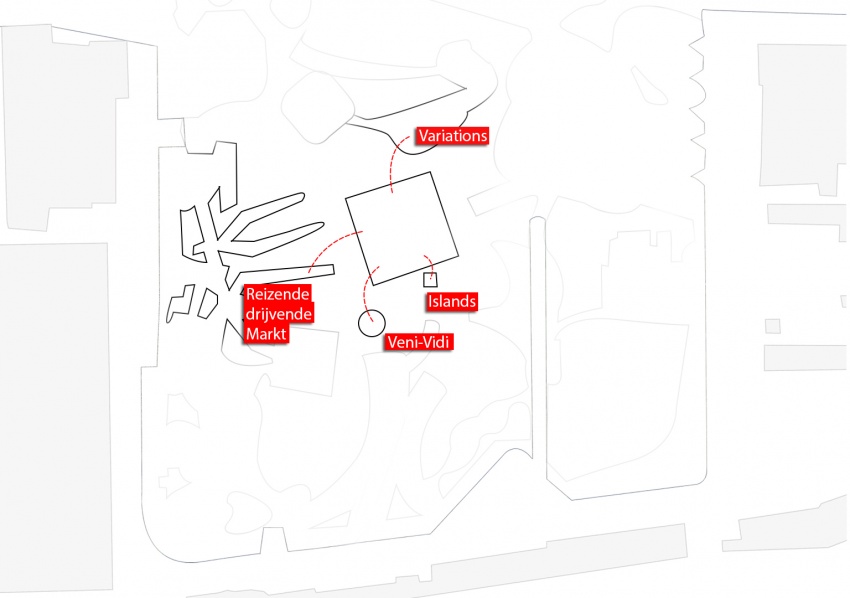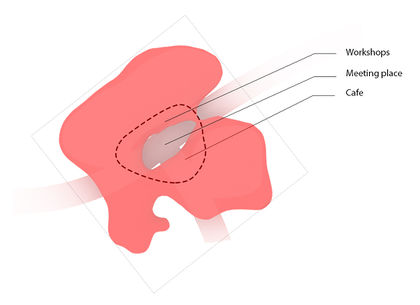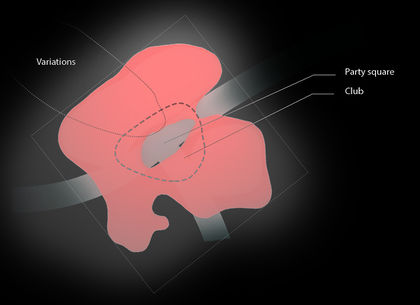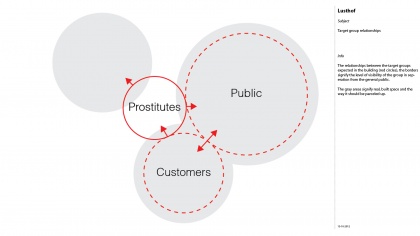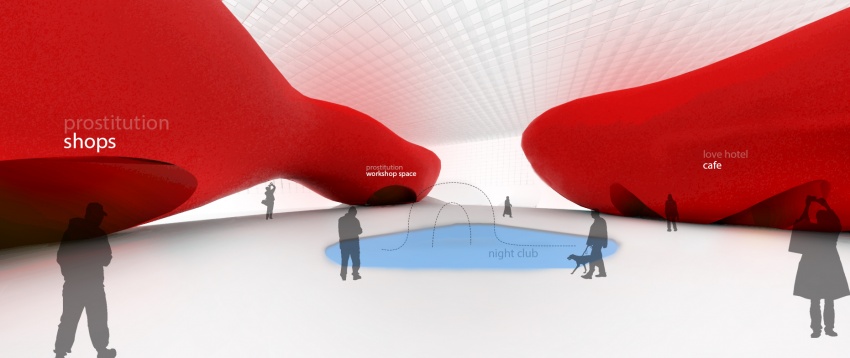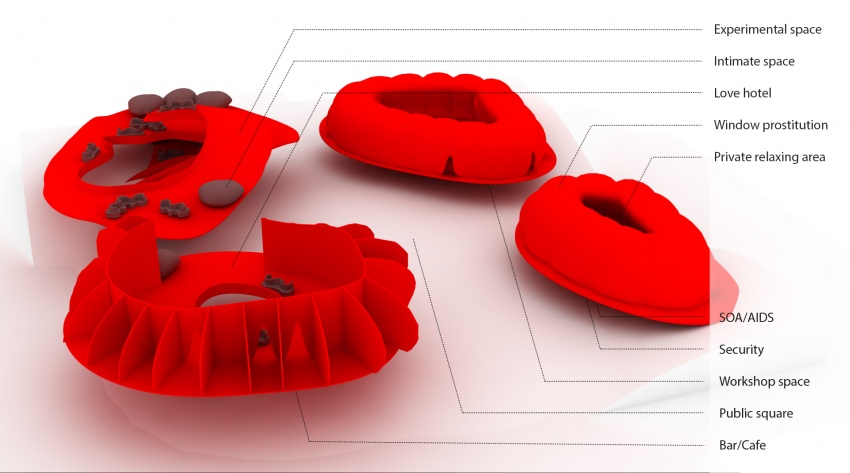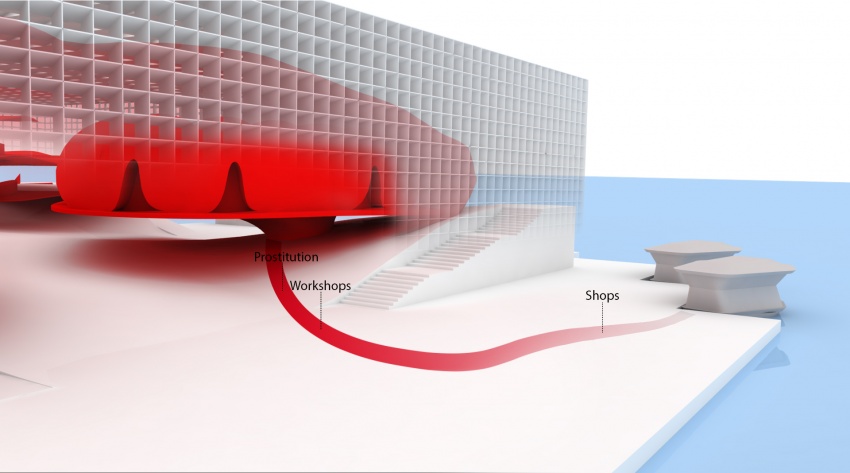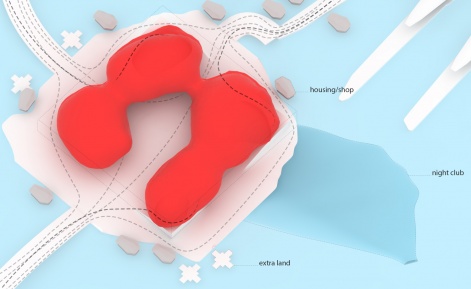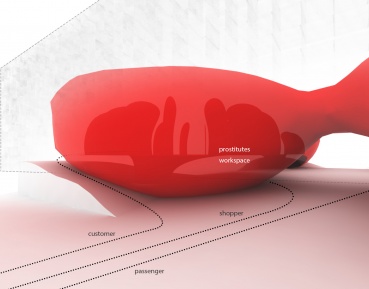project15:Interactions
(→Lusthof in RDM) |
|||
| (77 intermediate revisions by 2 users not shown) | |||
| Line 1: | Line 1: | ||
| − | + | <div style="height:30px; width: 850px; margin:0px; padding: 0px; padding-top: 20px; border: 0px;"> | |
| − | + | <div style="float:left; width: 200px; height 30px; border: 1px solid #aaa; margin-right:13px;" align="center"> | |
| + | [[project15:Frontpage |'''Frontpage''']] | ||
| + | </div> | ||
| − | [[ | + | <div style="float:left; width: 200px; height 30px; border: 1px solid #aaa; margin-right:15px; " align="center"> |
| + | [[project15:interactions |'''Interactions''']] | ||
| + | </div> | ||
| + | <div style="float:left; width: 200px; height 30px; border: 1px solid #aaa; margin-right:13px;" align="center"> | ||
| + | [[project15:styling |'''Styling''']] | ||
| + | </div> | ||
| − | ''' | + | <div style="float:right; width: 200px; height 30px; border: 1px solid #aaa; " align="center"> |
| + | [[project15:performance |'''Performance''']] | ||
| + | </div> | ||
| − | + | </div> | |
| − | < | + | <div style="width: 850px; margin:0px; padding: 0px; padding-top: 20px; border: 0px;"> |
| − | + | ||
| − | + | ||
| − | + | ||
| − | + | ||
| − | + | ||
| − | + | ||
| − | + | [[File:15_interactions_title.jpg|850px]] | |
| + | |||
| + | =='''Prostitution in Rotterdam'''== | ||
| + | [[File:15_interaction_city.jpg||850px]] | ||
| + | |||
| + | Recent developments within the [http://prototag.hyperbody.nl/prototag.php?id=c4LrY6GL3gTdR5rPYqtUOw city of Rotterdam] have caused the last place ('[http://prototag.hyperbody.nl/prototag.php?id=G9fof7xrk1SNbahNGg4iWw Keileweg]') where affordable public prostitution was available to close. This is a typical example of populist form politics as it does not remove the need for prostitution, but only causes the sex worker to practice their profession outside of the law becoming easy victims of pimps and other organised crime, thus greatly worsening their situation. | ||
| + | |||
| + | The lusthof aims to rectify this governmental oversight, and at the same time improve the social situation of the sex worker. It connects to the city by being the only location with affordable prostitution, drawing people from all around the city and its surroundings. | ||
| + | |||
| + | Furthermore its prime location along a mayor shipping artery could potentially draw clientele from surrounding countries where prostitution is currently illegal. Essentially functioning as a tourist attraction, much like the red light district in Amsterdam. To enhance this effect the Lusthof is equipped with shops, cafe's and other non-sexrelated functions in order to provide a broader palet of entertainment for the curious tourist, while placing prostitution at the center of healthy city activity instead of hiding it. | ||
| + | |||
| + | =='''Lusthof in RDM'''== | ||
| + | |||
| + | [[File:15_interactions_connections_internal.jpg|850px]] | ||
| + | |||
| + | The lusthof connects with the rest of the RDM site on multiple levels. It functions as a traffic knot, a nightclub, a shopping/market centre, and meeting point while also allowing dynamic buildings to intertwine or augment the programme through the strong connective tissue formed by the pixelated square. At the same time its unique programme draws in large quantities of people and money, directly creating investment opportunities which other developments desperately need to be realised. | ||
| + | |||
| + | Current examples of the connective capacity of the square would be: market stalls from the floating market, single or multiple units of the floating islands project, the veni-vidi hotel pods, and the underwater connection to the variations nightclub. | ||
| + | |||
| + | These connections are not only location-, but also time-dependent fitting into the dynamic nature of the expected on-site developments as well as providing opportunities for future changes and additions to the RDM site. | ||
| + | |||
| + | |||
| + | [[File:Interactions day.jpg|420px]] | ||
| + | [[File:Interactions night.jpg|420px]] | ||
| + | |||
| + | =='''User interaction'''== | ||
| + | |||
| + | Interaction within the building takes place between three core groups: the sex worker, the casual visitor, and the clients. The relationship between the groups determines the organisation of the programme, the clients need to be able to blend in with the casual visitor while also able to discreetly seperate themselves from this group. The sex-worker needs to be rigidly separated from the casual visitor while easily approachable by their clientele, they also need a private space to relax and change into their work outfits. | ||
| + | |||
| + | [[File:15_interactions_relationships.jpg|420px]] | ||
| + | |||
| + | These mapped interactions translate themselves into the organisation and clustering of the working spaces, and the routing (more on that later). A rigid separation of activities based on the target usergroup is a logical extension of this. This is achieved by connecting public functions like shops and a cafe to the square, while placing the prostitution programme in the blobs. | ||
| + | |||
| + | [[File:15_interaction_plein.jpg|850px]] | ||
| + | |||
| + | [[File:15_interactions_programma.jpg|850px]] | ||
| + | |||
| + | Finally the lusthof programme for the sex-workers is built around a so called "life-path". A person may at one time become involved in the sex-industry but want to get out of it at another. To guide this process the lusthof provides opportunities for (ex) prostitutes to join in workshops or rent/manage their own store. This is something which seperates the lusthof yet again from the traditional approach to prostitution. | ||
| + | |||
| + | [[File:15_interaction_levenspad.jpg|850px]] | ||
| + | |||
| + | == '''Routing''' == | ||
| + | |||
| + | Routing within the project is a crucial element in the interactions between different user groups, and thus something which has been developed with great care. This is mostly due to the aspects of shame and covertness that are associated with prostitution. While attracting crowds with the use of a public square provides cover for the customers of the sex-workers they need to be able to unobtrusively disappear from the crowds and into the blobs. | ||
| + | |||
| + | A quick [[project15:Analysis|analysis]] reveals that routing is best arranged according to sight principles. Using elements which draw attention of the general crowds to direct the gaze away from the acces points of the prostitution zones. | ||
| + | |||
| + | [[File:15_interaction_connections.jpg|471px]] | ||
| + | [[File:15_interaction_corner.jpg|369px]] | ||
| + | |||
| + | =='''References'''== | ||
| + | |||
| + | To investigate the typical workings, problems, and successes of different approaches to organizing prostitution we investigated some reference projects. | ||
| + | |||
| + | These projects can be found [[project15:references_prostitution|here]] | ||
| + | |||
| + | Inside the building there will be connections between different activities and actors such as clients, prostitutes, and related people and organizations. | ||
| + | <ul> | ||
| + | <li>[http://prototag.hyperbody.nl/prototag.php?id=OBOyhirjd1R5wUGhJy4Zqg SOA Poli] is an organizations that helps people with STDs.</li> | ||
| + | <li>[http://prototag.hyperbody.nl/prototag.php?id=jG8PYtguXjQNwXKyoWDgjw SOAIDS] also prostitutie.nl is the dutch national helpdesk for prostitutes.</li> | ||
| + | <li>(PMW) 'Prostitutie Maatschappelijk Werk' is an organization that supports working and retired prostitutes.</li> | ||
| + | </ul> | ||
| + | |||
| + | For interviews with SOAIDS and PMW click [[project15:interviews|here]] | ||
| + | |||
| + | </div> | ||
Latest revision as of 03:18, 19 January 2013
Contents |
[edit] Prostitution in Rotterdam
Recent developments within the city of Rotterdam have caused the last place ('Keileweg') where affordable public prostitution was available to close. This is a typical example of populist form politics as it does not remove the need for prostitution, but only causes the sex worker to practice their profession outside of the law becoming easy victims of pimps and other organised crime, thus greatly worsening their situation.
The lusthof aims to rectify this governmental oversight, and at the same time improve the social situation of the sex worker. It connects to the city by being the only location with affordable prostitution, drawing people from all around the city and its surroundings.
Furthermore its prime location along a mayor shipping artery could potentially draw clientele from surrounding countries where prostitution is currently illegal. Essentially functioning as a tourist attraction, much like the red light district in Amsterdam. To enhance this effect the Lusthof is equipped with shops, cafe's and other non-sexrelated functions in order to provide a broader palet of entertainment for the curious tourist, while placing prostitution at the center of healthy city activity instead of hiding it.
[edit] Lusthof in RDM
The lusthof connects with the rest of the RDM site on multiple levels. It functions as a traffic knot, a nightclub, a shopping/market centre, and meeting point while also allowing dynamic buildings to intertwine or augment the programme through the strong connective tissue formed by the pixelated square. At the same time its unique programme draws in large quantities of people and money, directly creating investment opportunities which other developments desperately need to be realised.
Current examples of the connective capacity of the square would be: market stalls from the floating market, single or multiple units of the floating islands project, the veni-vidi hotel pods, and the underwater connection to the variations nightclub.
These connections are not only location-, but also time-dependent fitting into the dynamic nature of the expected on-site developments as well as providing opportunities for future changes and additions to the RDM site.
[edit] User interaction
Interaction within the building takes place between three core groups: the sex worker, the casual visitor, and the clients. The relationship between the groups determines the organisation of the programme, the clients need to be able to blend in with the casual visitor while also able to discreetly seperate themselves from this group. The sex-worker needs to be rigidly separated from the casual visitor while easily approachable by their clientele, they also need a private space to relax and change into their work outfits.
These mapped interactions translate themselves into the organisation and clustering of the working spaces, and the routing (more on that later). A rigid separation of activities based on the target usergroup is a logical extension of this. This is achieved by connecting public functions like shops and a cafe to the square, while placing the prostitution programme in the blobs.
Finally the lusthof programme for the sex-workers is built around a so called "life-path". A person may at one time become involved in the sex-industry but want to get out of it at another. To guide this process the lusthof provides opportunities for (ex) prostitutes to join in workshops or rent/manage their own store. This is something which seperates the lusthof yet again from the traditional approach to prostitution.
[edit] Routing
Routing within the project is a crucial element in the interactions between different user groups, and thus something which has been developed with great care. This is mostly due to the aspects of shame and covertness that are associated with prostitution. While attracting crowds with the use of a public square provides cover for the customers of the sex-workers they need to be able to unobtrusively disappear from the crowds and into the blobs.
A quick analysis reveals that routing is best arranged according to sight principles. Using elements which draw attention of the general crowds to direct the gaze away from the acces points of the prostitution zones.
[edit] References
To investigate the typical workings, problems, and successes of different approaches to organizing prostitution we investigated some reference projects.
These projects can be found here
Inside the building there will be connections between different activities and actors such as clients, prostitutes, and related people and organizations.
- SOA Poli is an organizations that helps people with STDs.
- SOAIDS also prostitutie.nl is the dutch national helpdesk for prostitutes.
- (PMW) 'Prostitutie Maatschappelijk Werk' is an organization that supports working and retired prostitutes.
For interviews with SOAIDS and PMW click here
